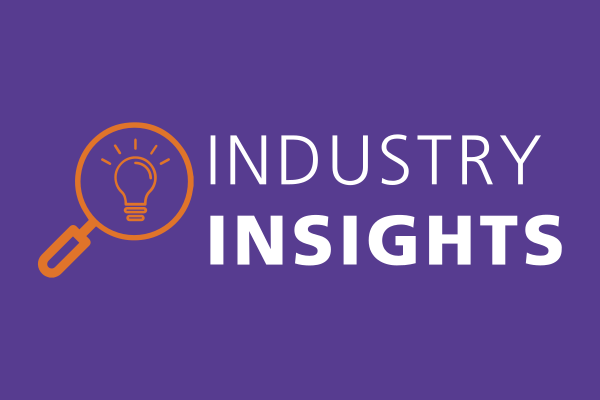Every year, Candid administers the Foundation Giving Forecast Survey to hear directly from funders about their grant payments and grantmaking practices. The survey is an opportunity to obtain timely data before the IRS releases official figures. The results also inform Giving USA’s annual report on charitable giving.
Of the 6,964 independent, community, corporate, and operating foundations to whom we emailed the survey between January and March, 578 responded (an 8.3% response rate).i Here’s what we learned about those foundations’ grantmaking in fiscal year end (FYE) 2024 and what they anticipate for 2025 giving:
37% of foundations expected to increase giving in 2025

As of early 2025, when the survey was conducted, 53.9% of survey respondents expected their foundation’s 2025 giving this year to be about the same as in 2024. Over a third (37.3%) anticipated their giving would increase, whereas 8.8% expected to give less. Grantmaker size (based on grant dollars awarded in 2024) and grantmaker type had no statistically significant impact on foundations’ responses to this question.
Recent policy developments affecting foundations might mean these estimates were premature. Next, we’ll look at the factors that could affect 2025 foundation giving going forward.
Three main factors drove anticipated changes in foundation giving
When asked to comment on their 2025 giving expectations, respondents largely focused on three themes:
- The value of foundation assets: Foundations that saw their asset value increase and/or predicted strong future market performance anticipated giving more in 2025. Conversely, those that experienced asset declines and/or were pessimistic about the market expected to give less.
- Donor-advised funds (DAFs) to community foundations: Some community foundations expected that increased DAF giving in 2025 would boost the foundation’s overall grant payments, but this was not universal. Others anticipated a decline or were uncertain how DAF giving would look in 2025.
- Changes in foundation strategy and initiatives: Foundations winding down funding portfolios or undergoing strategic planning anticipated a decrease in 2025 giving. Also, unusually high levels of grantmaking in 2024 could lead a foundation to decrease giving in 2025, back to more typical giving levels. Other foundations expected to give more as they ramped up new funding areas or anticipated “increased community needs.”
Given the fluctuations we’ve seen across these factors already this year, giving trends may be particularly unpredictable in 2025. On the one hand, market volatility and proposed legislation to increase taxes on private foundations impact endowments that could translate to fewer dollars for grantmaking. Moreover, some individual donors may elect to pivot toward giving through DAFs rather than foundations, which are less directly affected by the current policy upheaval.
On the other hand, the political context was also a reason some foundations reported taking steps to give more to support grantees. For example, some foundations shared:
- “We anticipate increasing our support to certain grantees that may be feeling the impacts of the new administration or whose voice is especially important during this time.”
- “Anticipate an increase in grants to fill gaps in funding and sector support.”
2024 giving barely kept pace with inflation

Giving trends over the past two years suggest relatively slow and steady giving heading into 2025. Among 519 survey respondents that reported grant payments in 2023 and 2024, the overall median change was a 3.1% increase. Adjusted for inflation, giving in 2024 was flat, though community foundations saw a median increase of 8.7% (or 5.6% adjusted for inflation). However, the three largest community foundations in the sample by total giving over the two-year period actually gave less in 2024.
The median payout rate by independent foundations remained 5% in FYE 2024
Payout range for independent foundations:
Independent foundations must generally distribute at least 5% of the value of their endowments for charitable purposes. We found that most of those in our sample met or exceeded this requirement. Several foundations with a payout rate below 5% explained they used “carry-over” dollars, i.e., applying excess distributions from prior years to meet their 2024 payout requirement. We found no relationship between grantmaker size and the payout rate.
Overall, this year’s survey results suggest a mixed forecast for foundation giving in 2025. Foundation giving was relatively stable in 2024, and funders were fairly optimistic at the start of the year. But giving trends are difficult to predict, as foundations align their strategies with the shifting economic and political landscape.
Our thanks to the foundations that participated in this year’s Foundation Giving Forecast Survey. Is there a question you’d like us to ask foundations next year? Please let us know in the comments below.
i We expanded the survey pool this year by sending the online survey to all U.S. foundations for which Candid had email contacts. Giving data is based on the organization’s fiscal year. For 78.9% of survey respondents, the fiscal year matches the calendar year.
The post More than a third of foundations expect to boost giving in 2025 but outlook remains unpredictable appeared first on Candid insights.

